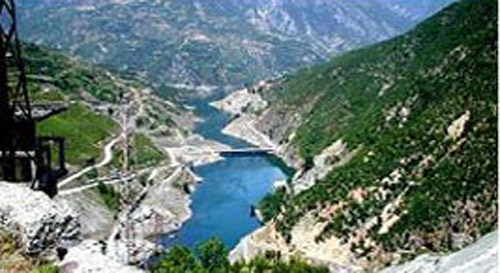News
 Abstract:
Abstract:
This article was published by the World Bank Group's IFC Smartlessons, click here for details.
In 2009, the Energy Sector Management Assistance Program (ESMAP) and the World Bank played a key role in bringing together stakeholders in Albania—government, private sector, academia, and civil society—to discuss how climate change could have an impact on the future security of energy supplies. Stakeholders worked together to prioritize vulnerabilities, risks, and near-term adaptation options.
This pilot risk assessment was completed over a period of about six months, through several workshops and various meetings. It became apparent that energy could not be discussed in isolation, but that it was critical to talk about water resource management and to reach out to other water users, hydro-meteorological services, and agriculture and environment practitioners through this process. Local knowledge and expertise were especially important in identifying opportunities for adaptation. A subsequent pilot was completed in Uzbekistan (2010), and the combined lessons distilled into a Hands-on Energy Adaptation Toolkit (HEAT) that is designed to help countries carry out a stakeholder-based, semi-quantified risk assessment of climate vulnerabilities and adaptation options for the entire energy supply-use chain (esmap.org/heat).
This SmartLesson describes the practical knowledge and experience gained in stakeholder engagement and climate risk assessment for the energy sector. Lessons include: (1) Raising awareness of climate impacts is critical, but think beyond traditional sector boundaries and planning horizons; (2) It is important to engage key stakeholders and build consensus on climate vulnerabilities and risks; and (3) Learn from others, but tailor the assessment to the local context.
